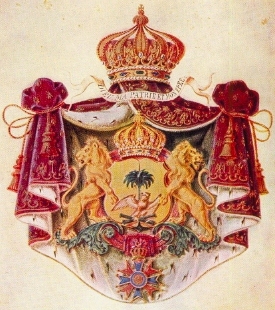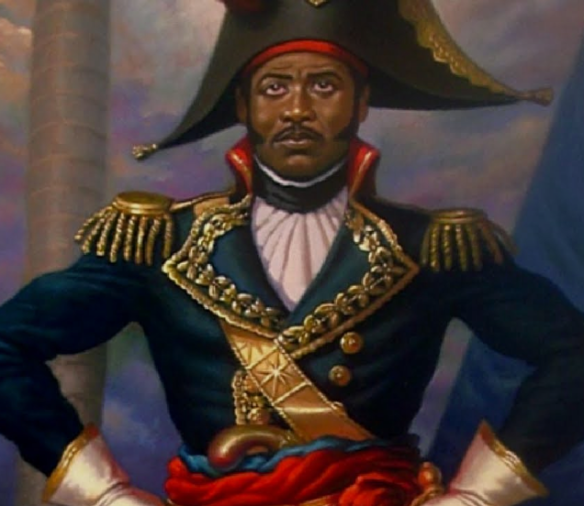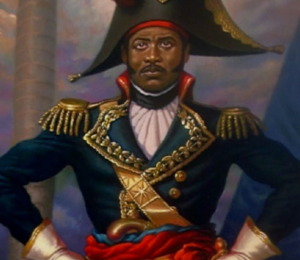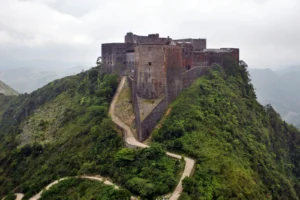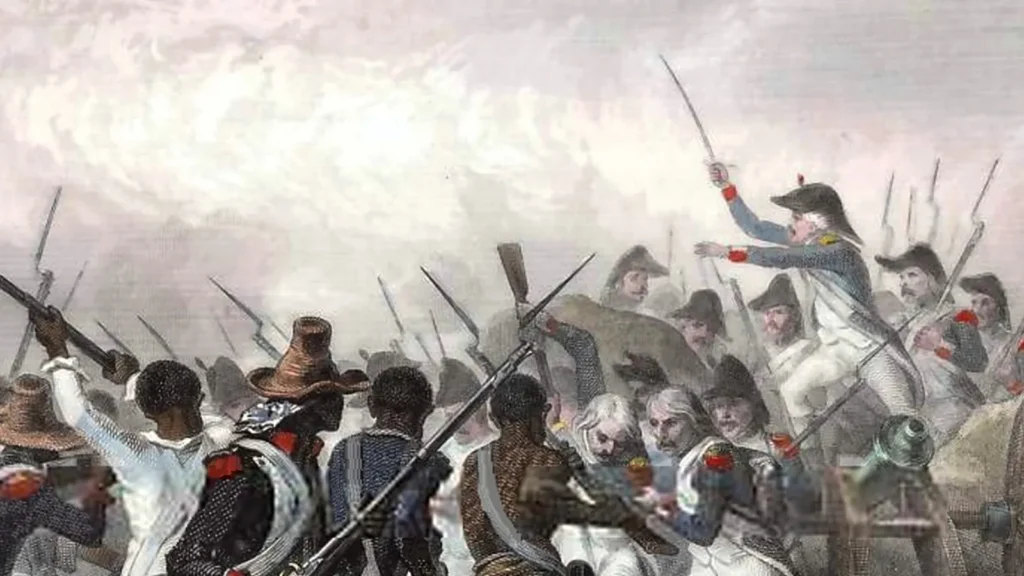The Kingdom of Haiti and The Republic (1844-1915):
The Rise of the Haitian Kingdom (1844-1859): Following the ouster of President Jean-Pierre Boyer in 1843, Haiti entered a period of political instability, marked by multiple leadership changes. In 1844, a movement in the eastern part of the country, led by Juan Pablo Duarte and other nationalists, declared independence from Haiti and established the Dominican Republic.
In the remaining western portion of Haiti, the region was divided into several smaller states, each governed by local leaders. Amidst the turmoil, General Faustin Soulouque emerged as a dominant figure and declared himself Emperor Faustin I of Haiti in 1849. This marked the establishment of the Second Haitian Empire, often referred to as the Kingdom of Haiti.

During Soulouque’s reign, the Haitian monarchy sought to centralize power and reassert control over the country. However, his rule faced internal resistance and growing discontent. The Empire’s ambitious military campaigns and extravagant spending further strained Haiti’s already fragile economy.
Fall of the Empire and the Second Republic (1859-1915): The weaknesses of the Haitian Empire eventually led to its downfall. In 1859, Emperor Faustin I was overthrown, and the monarchy was abolished. The country reverted to a republic, establishing the Second Republic of Haiti.
The following decades were characterized by political instability, frequent changes in leadership, and economic struggles. Numerous presidents came to power through coups and revolutions, leading to a series of short-lived presidencies. The lack of stable governance hindered Haiti’s progress and contributed to ongoing economic challenges.
One of the notable figures during this period was President Jean-Pierre Boyer, who returned to power in 1844 and served as president until 1846. Boyer’s second presidency aimed to address the country’s financial difficulties and promote economic growth. However, his efforts were met with resistance, and he faced opposition from various factions, leading to his eventual downfall.
Economic Challenges and Foreign Interventions: Throughout the 19th century, Haiti faced significant economic struggles, partly due to the aftermath of the Haitian Revolution and the loss of the lucrative plantation system. The indemnity debt imposed by France after independence continued to be a burden, further hindering economic development.
Foreign intervention also played a significant role in Haiti’s history during this period. European powers, including France, the United States, and others, sought to protect their economic interests and influence in the region. Diplomatic isolation and economic sanctions were imposed on Haiti, further exacerbating its challenges.
The United States Occupation (1915-1934): In 1915, Haiti experienced a significant turning point when the United States intervened and occupied the country. The occupation was primarily driven by economic and strategic interests of the United States in the Caribbean region. The U.S. intervention led to significant changes in Haiti’s governance and administration.
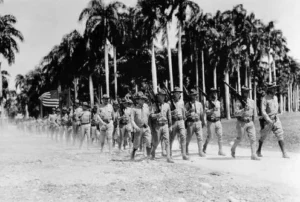
During the occupation, the U.S. assumed control over key sectors, including finance, infrastructure, and law enforcement. The occupation faced resistance from Haitian nationalists and civil unrest. The United States implemented various reforms, but the occupation was marred by controversy and accusations of exploitation.
Conclusion:
The period from 1844 to 1915 in Haiti’s history was marked by political instability, economic challenges, and foreign intervention. The rise and fall of the Haitian Kingdom, followed by the establishment of the Second Republic, reflected the ongoing struggle to achieve stable governance and sustainable development.
Economic hardships and the legacy of colonialism continued to impact Haiti’s development during this era. The presence of foreign powers and interventions further complicated the nation’s path towards progress and self-determination.
As the 20th century approached, Haiti’s history was shaped by the complexities of its internal dynamics and interactions with the global community. The challenges and developments of this period set the stage for Haiti’s subsequent history and its continued pursuit of national identity, sovereignty, and social and economic progress.
